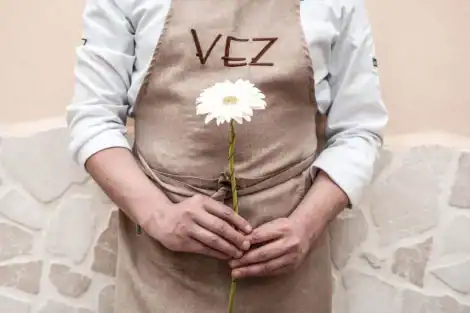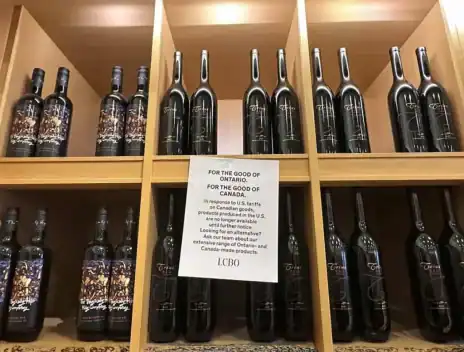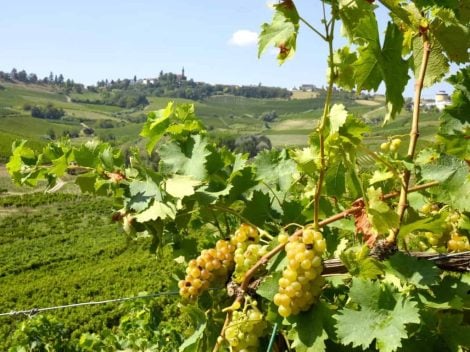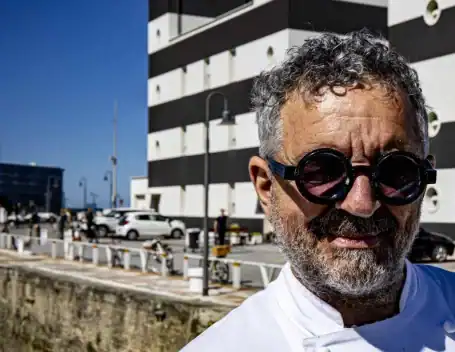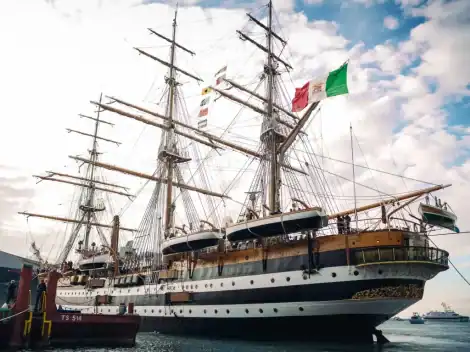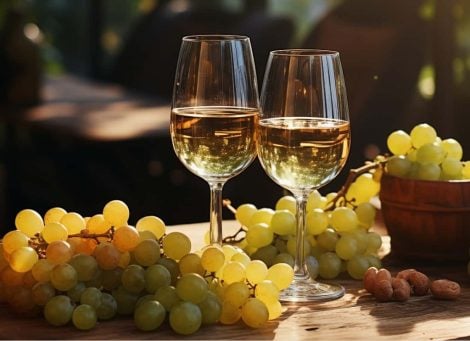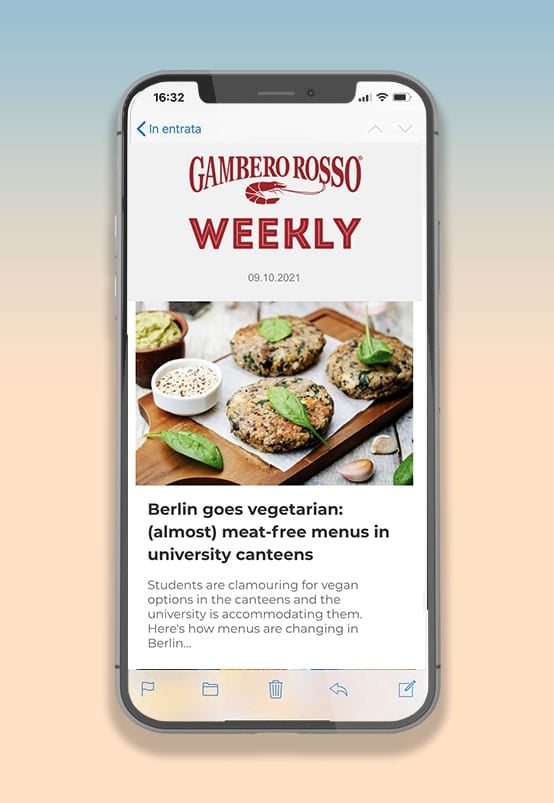Trastevere is the Roman district where, more than anywhere else, "truth" coincides with fiction and folklore. The tourist siege is almost an ontological condition in this sort of galaxy, where one gets lost among history and modern rituals. In Rome, cinema is one of the primary sources of both “truth” and fiction, which together shape—at least in part—its history and essence. Il Ciak, in the heart of Trastevere, is a piece of this identity and at the same time a small corner of paradise amid the madness of overtourism. It offers, in addition to good Roman cuisine, some of the best meats in Rome and a record-worthy boiled meatball.
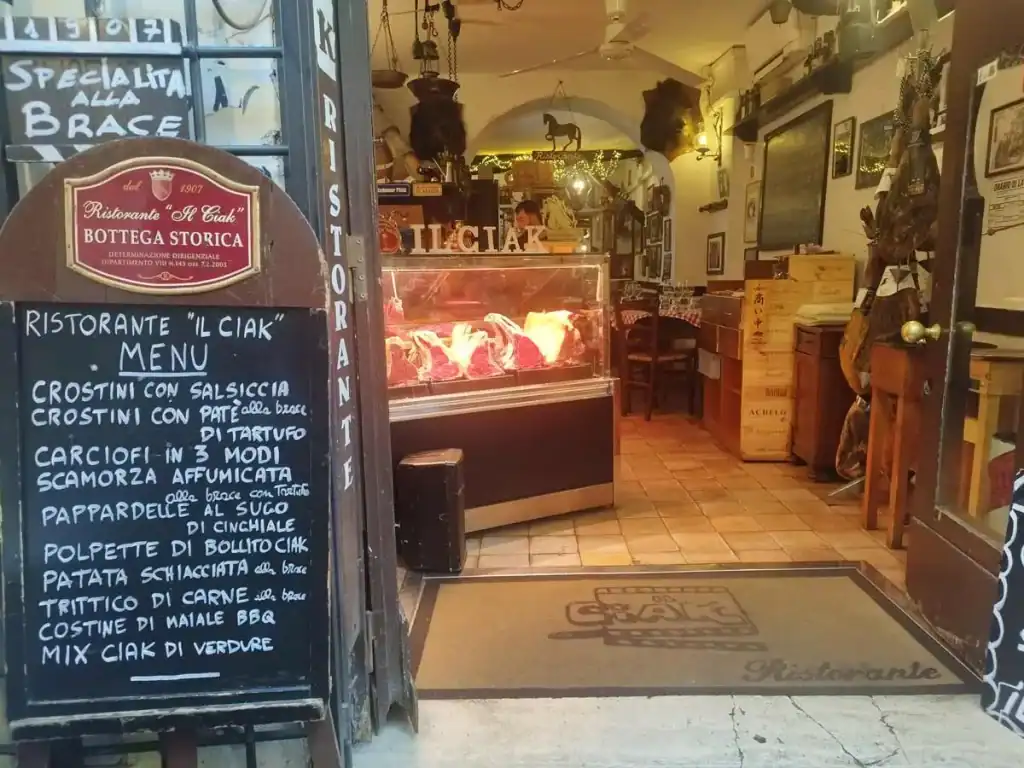
From wine and oil shops to grilled meat mastery
The tavern traces its roots back to the era of the “fagottari” (diners bringing their own food wrapped in cloth) between the late 1800s and the early 1900s, and has made its way to the present day through the golden years of Cinecittà to today’s trends involving natural wines and the marbling and dry-aging of meats. In short, a name that is rooted in the deepest soul of Trastevere, while also standing out for its quality and atmosphere.
Il Ciak—so named in the 1970s—started as a classic Vini e Oli, where people would bring their own food wrapped in cloth and drink house wine. A real tavern, which during the economic boom years became a fish tavern under the name Bisaccia. “It was in 1972 that a Tuscan actor, Paolo Celli, came on the scene. He gave the place the character it still maintains today,” says Valerio Calderoni, 38 years old, who runs the new era of the tavern alongside his brother Andrea and their father Mimmo. “Celli, a restless soul, a true character in love with cinema and cuisine, made both of his life passions his profession. He loved Trastevere and decided to open his place here. Tuscan cuisine, liver skewers, wild boar ragù… But it wasn’t the right time: he wasn’t making a penny. So, after a few years, he decided to change course: he installed a fireplace with a grill at the entrance and hung game brought by local hunters on the door,” recounts Valerio. “Success began. It exploded when Coppola was shooting The Godfather in Rome. All the actors came to eat here. That’s when the stream of celebrities began. Celli became the chef for Coppola and Al Pacino.” Those golden years of the 1970s and ’80s are still told by the photos of actors and VIPs on the walls of Il Ciak.
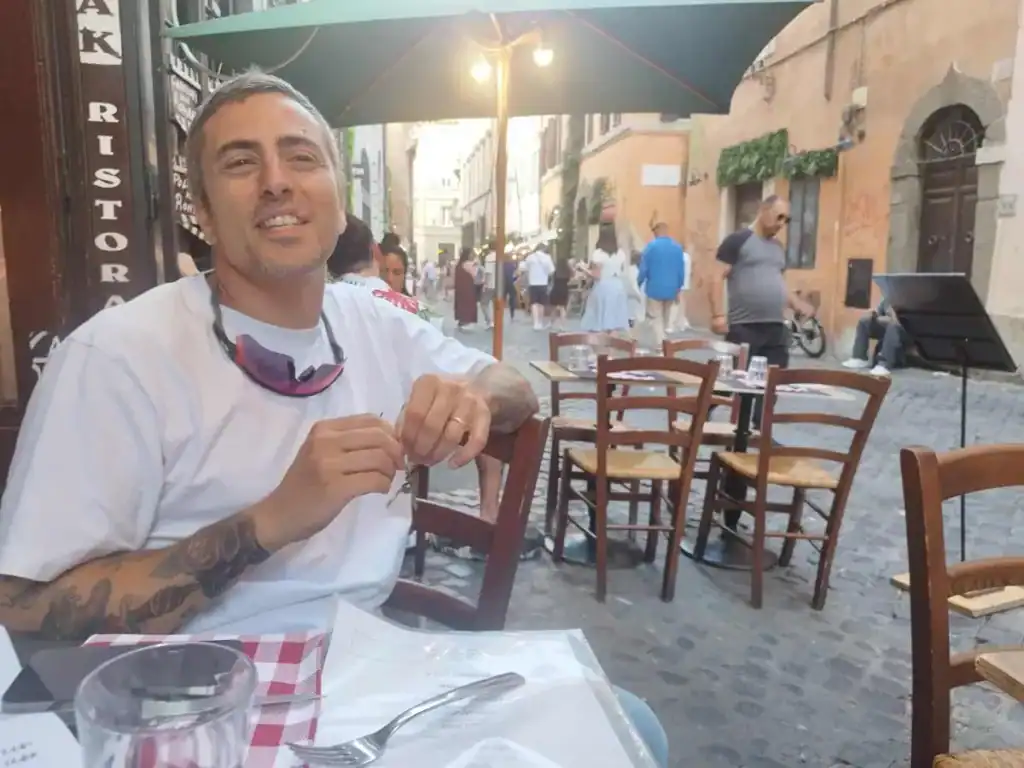
Ciak: the tavern that survives into the new millennium
At the beginning of the new millennium, Paolo Celli began to age and wanted to sell. But his main goal was to secure a future for the establishment that held his soul. He had no intention of handing over Il Ciak to the new wave of Roman restaurateurs. He wanted his creation to keep its popular yet jet-set soul. He wanted the “Trasteverine soul” to remain intact, including the checkered tablecloths: “For him, those were not just aesthetic, but also substantive,” Valerio smiles. Around that time, his father, Domenico Calderoni, a regular in the district, became a friend and confidant of Celli. And more importantly, he shared his love for taverns and checkered tablecloths.
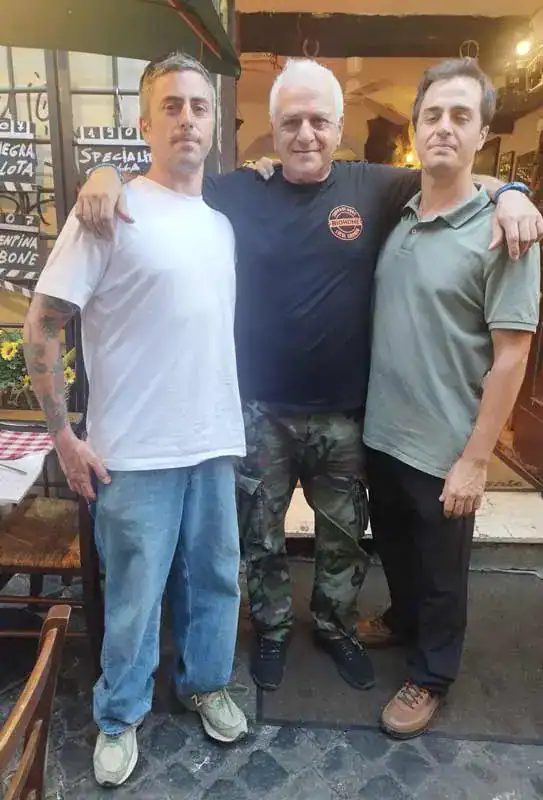
“So – says Valerio – from one day to the next, I found myself with a new life. I was a jet ski racer, competing in world championships and I had been world champion twice. It was 2004, my father calls and says: ‘We need you. We’ve taken over Il Ciak.’ So I started splitting my time between sports and the restaurant. Paolo Celli stayed with us until 2009. That year, I won the championship. And I also won a full-time job in the tavern! I always liked good food; every competition trip around the world was an opportunity to try new cuisines, high-level places. But it was a very international kind of cuisine. Il Ciak was something else entirely. Long story short, I lasted until 2011 and won another world title, but then the choice became inevitable.” So Valerio stayed in Trastevere. Where Paolo Celli passed on to him a love for meat and grilling, along with two recipes: pappardelle with wild boar and those with white duck ragù, which are still on the menu today and remain the two best pasta dishes. But meat is the area where Valerio truly excels.

The selection of grass-fed meats
“My passion for meat came from Paolo, and I carried that forward. I delved deep into that world. At a certain point, marbling and long aging became trends. Until 2015, I only had a conventional meat fridge; we didn’t do dry-aging. Only from 2020 did we acquire dry-aging fridges: now, using a pH meter, we alternate between traditional aging and dry-aging, choosing loins that can last longer with a pH between 5.2 and 5.5—meat in perfect health that hasn’t suffered temperature fluctuations.” But here, the uniqueness is not just in the aging process. In fact, some of the best meats on the Italian market can be found here, all under one roof—something very few can claim. “Well, for starters, I’m the only one in Rome who has Michele Varvara’s ‘5 ribs’ line,” Valerio proudly declares. “My family is originally from Basilicata, near the border with Puglia. As a kid, I spent entire months there, wandering through the vast pastures where cows roamed free all day. When I started this new job as a tavern keeper, I went around visiting places: I wanted to understand, see, discover the best traditional and also most innovative culinary spots. I often went to Marzapane and became friends with Mario Sansone, who also has Southern roots. He told me about Varvara’s farms and butcher shop in Altamura. He wanted to introduce me to him, knowing I specialised in meat. Thanks to my memories around Matera, we met and hit it off. Michele opened up a whole new world for me: that of extensive, high-quality farming, with grass-fed cows. Since 2018 we’ve been working together. He gives me loins from his red and black pezzata cows, Jerseys, Podolica, and Alpine Grays, all pasture-raised with a little supplementation of cereals, oats, and barley. No corn, no soy. And when possible, he also sends me his chickens, always raised free and happy.”
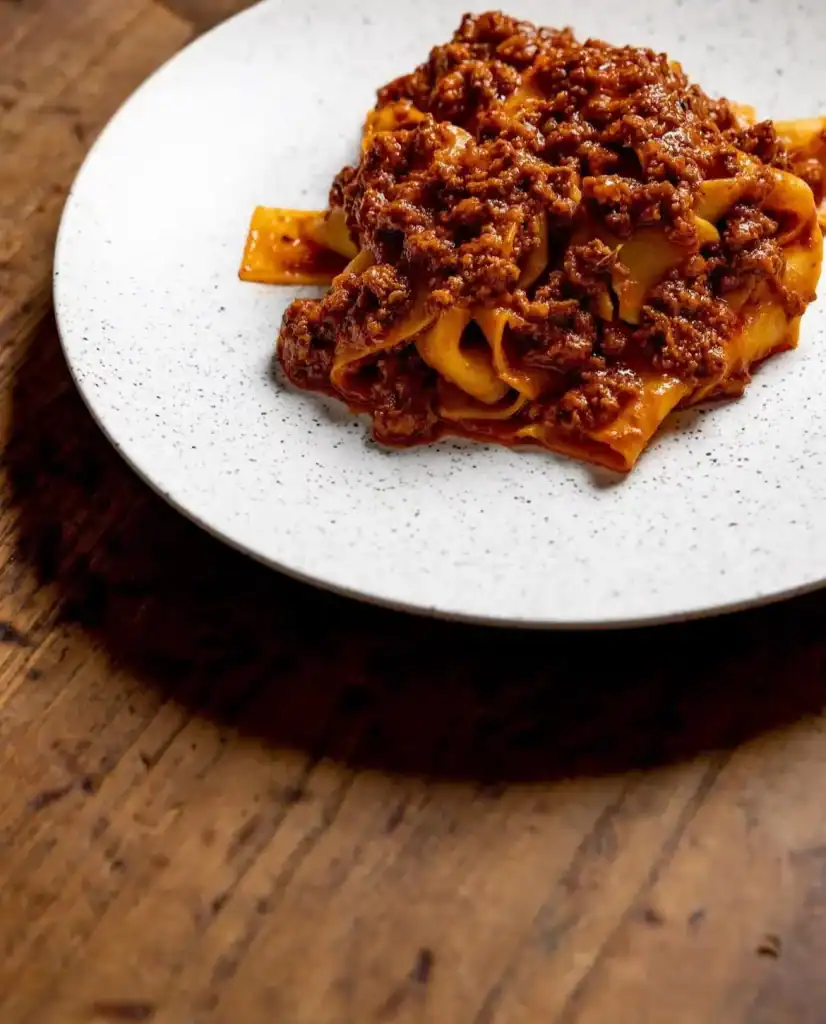
Pasture-raised cows and free-range Nebrodi pigs
Upon entering Il Ciak, your eye is immediately drawn to the large fireplace with a grill, still the soul of the place. On the grill, various steaks, sausages, and pork chops from black Nebrodi pigs raised free-range by Luisa Agostino in the woods near Mirto. Hanging above are the delicious picanhas (the Brazilian word for beef rump cap) flipped upside down and wrapped in their own fat, which melts over the embers. Cuts from various Friesians and picanhas sit alongside sausages and pork chops in the fridge display by the door; just beyond are the two meat-aging fridges containing monumental loins, earthy hues marked by time, and a bizarre almost fluorescent yellow fat, tied to the cows’ diet—these particular loins are from cattle not raised in Italy but selected by two Tuscan brothers. With these loins, Il Ciak placed third last year in the Golden Steak of Testaccio. Among the “monuments defying time” are also loins from Galician farms under the Discarlux label, a company behind the “Fisterra Bovine World” project, which involves pasture-only feeding and full supply chain control. “Then we also get various cuts from the Rome slaughterhouse: old cows, mostly Spanish, ten years or older,” explains Valerio.
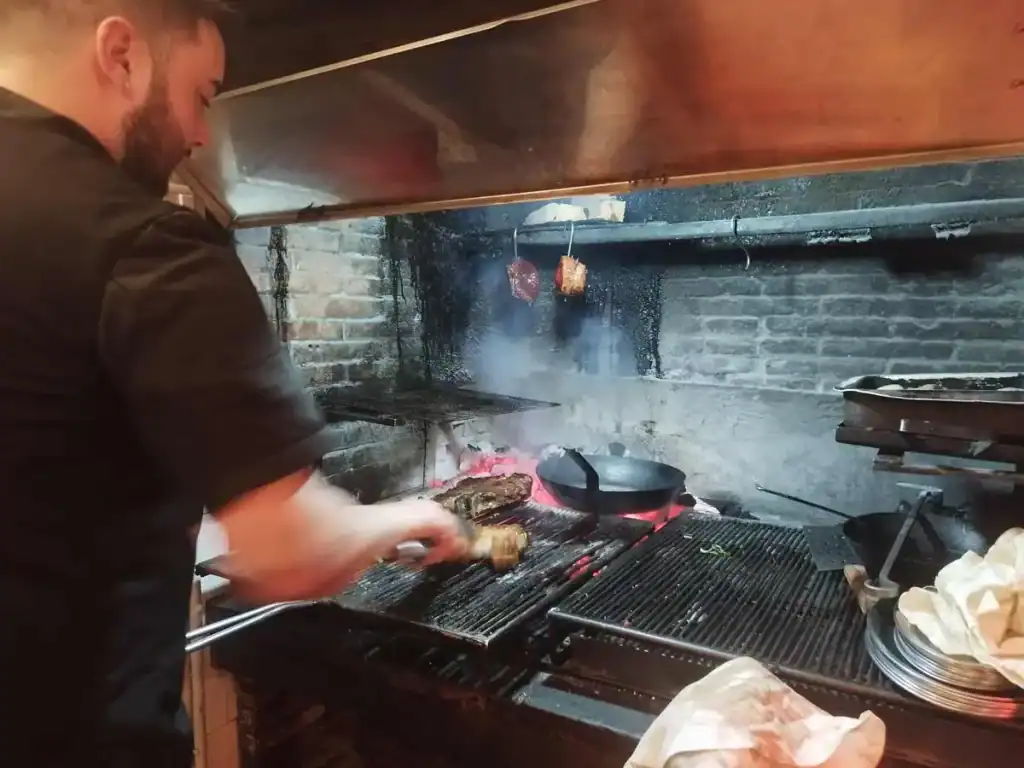
The boom of the boiled meatball
A different story altogether is the boiled meatball, the absolute best tasted in Rome in recent years. Full of flavour, but with a short history, linked to that timeline that divided our era into pre- and post-Covid. “We were open intermittently,” laughs Valerio. “Actually, we were always here… So, with Domenico Rezza, our grill master, we started experimenting, having some fun… We had all the trimmings from those amazing loins, so we started making boiled beef, which had an incredible flavour. Not everyone has access to that kind of meat! Then we thought of seasoning the meat with grated lemon zest and a bit of egg to bind it all. We studied the breading a lot: we developed a two-texture version, both fine and coarse. Believe it or not, my mum makes it for me with the Bimbi—it’s perfect. And only the Bimbi can make it just right!” Valerio laughs again… You can tell he’s having fun in his tavern. “During those chaotic months, we did one loin a week and 30 kilos of boiled meat. The meatball took off… Friends and colleagues would come to eat it, at the tables when allowed or to take away when it was only takeaway. We get our bread from Forno Renella, a Trastevere institution: I dry it out and my mum blends it.”
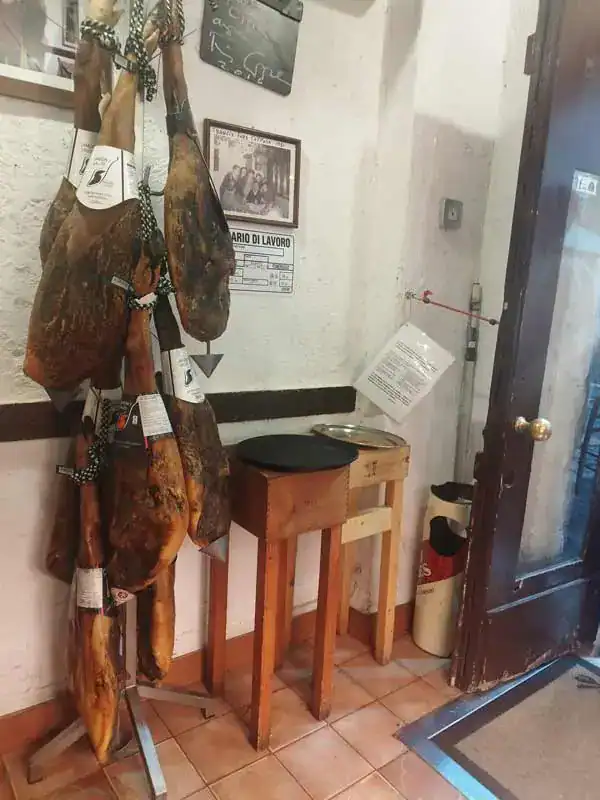
Pata Negra: your entry ticket to Trastevere
And it’s not over yet… because the wine here is also excellent. There are conventional labels, the result of years of basic work, but now also a good half of the list consists of well-chosen natural wines. “After all, I drink what we call natural wines too—I like them. And the wine list changes a lot, because sometimes they run out and it takes a while to get them back, so I bring in others…” Valerio knows full well he’s a kind of oasis in a desert. Or in chaos. “It’s a war zone here… there are places opening without a scrap of authorization… Look at that, the police just came to shut one down,” he says, pointing to a nearby shuttered shop. “That guy didn’t even have a kitchen… now he’s somewhat legal, but until recently he was churning out dishes and people were asking how… Then next door, they sell pasta for €8, I sell it for €13. Still, honestly, you can eat well even at Taverna Trilussa or Checco Er Carrettiere… but here, it’s a bit of a madhouse.” Yes, it is. And yet, some stop in front of the dead man carrying several 100% de bellota pata negra hams… A glass of wine for two, with a plate of pata negra and pan tomate Valerio-style is a luxury aperitif at €30. And it’s worth every penny. In the end, it’s a more than dignified way to pay the entry fee for a one-of-a-kind neighbourhood and to carry away a beautiful memory. A defiant gesture against overtourism. The Eternal City is also this.
Il Ciak – Roma – vicolo del Cinque, 21 – 06 589 4774 – @ristoranteilciak

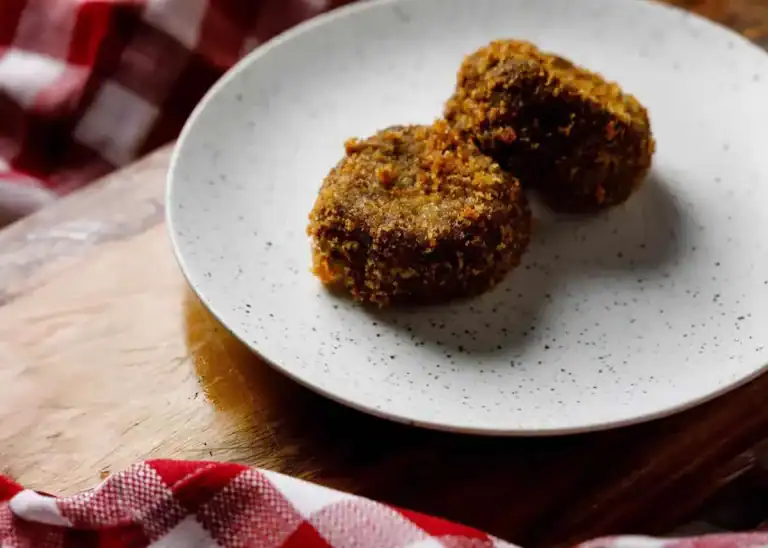
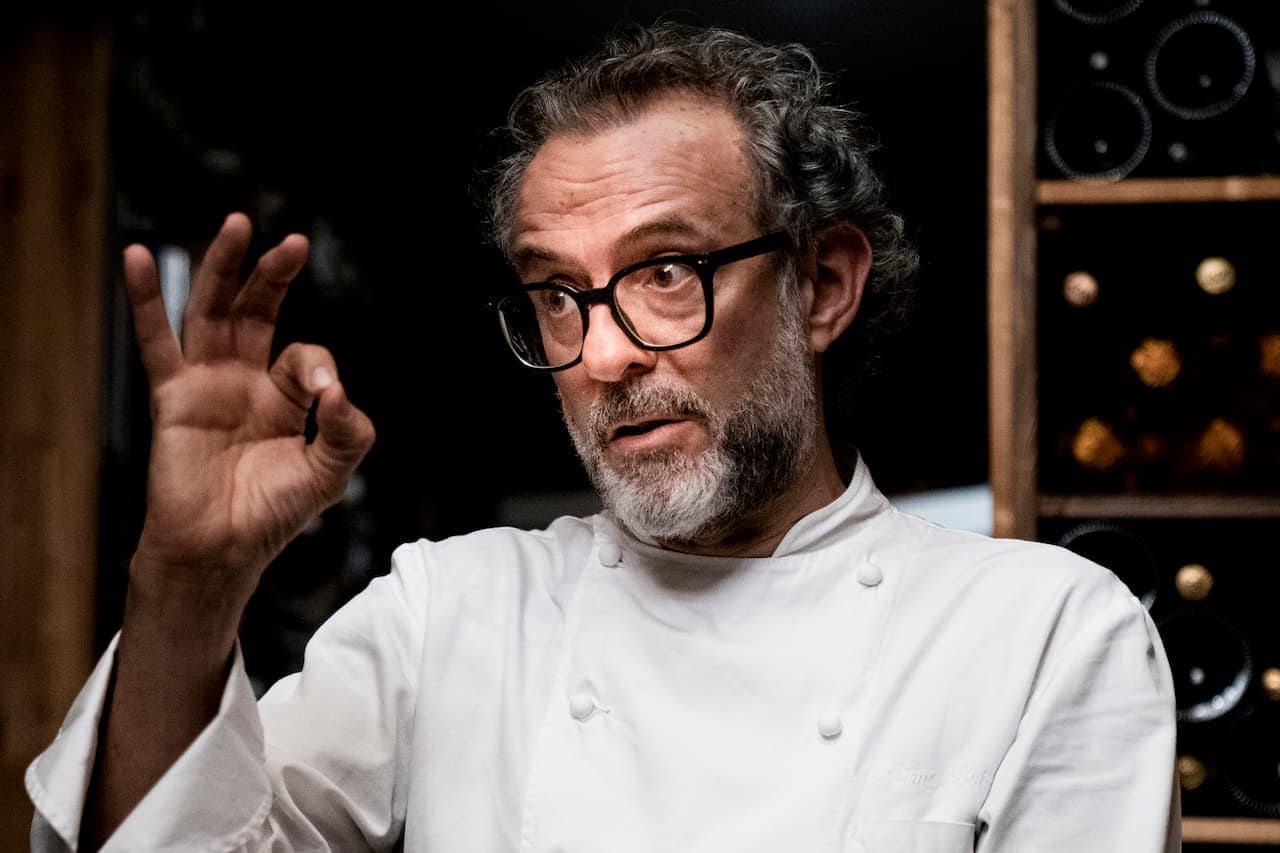 Bottura in Turin: "More courage towards the future beyond tradition, more strength for Italian cuisine with the 50 Best"
Bottura in Turin: "More courage towards the future beyond tradition, more strength for Italian cuisine with the 50 Best"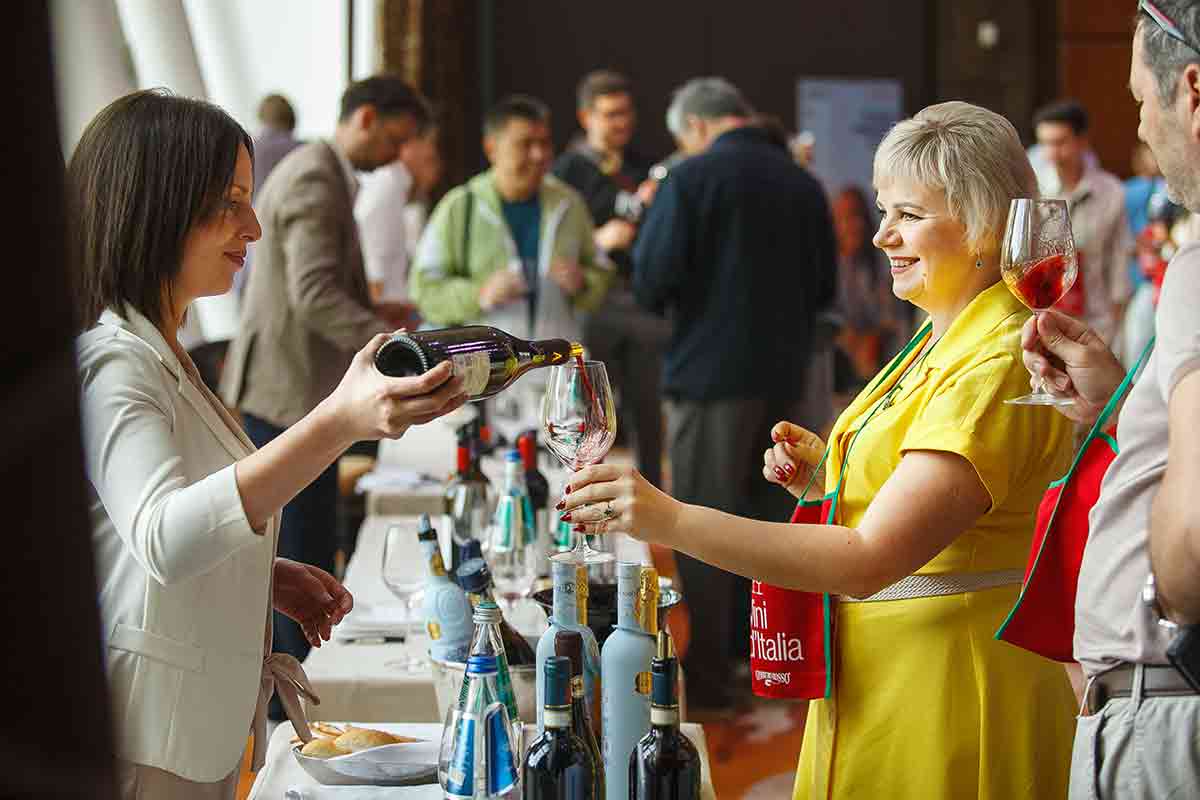 Kazakhstan drinks… Italian!
Kazakhstan drinks… Italian!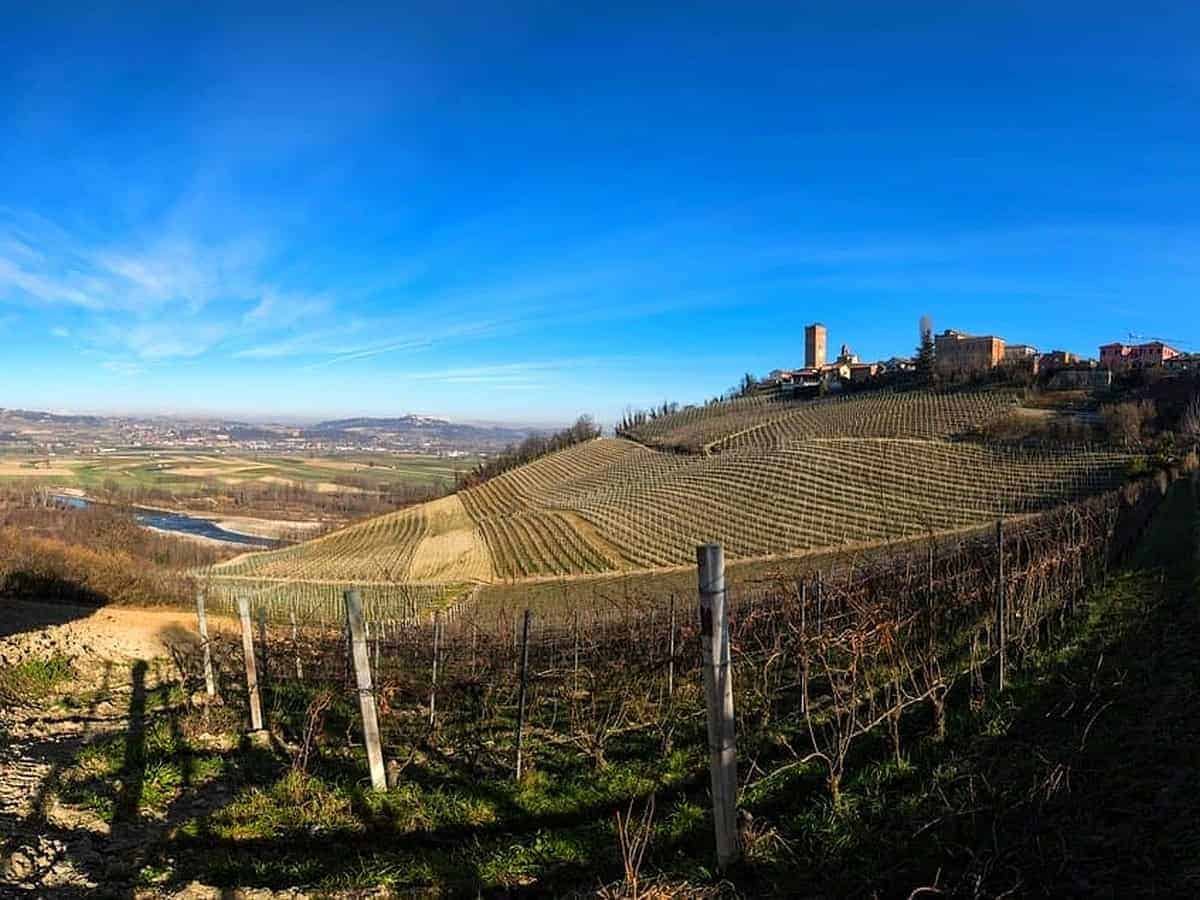 Great age-worthy whites: the case of Angelo Gaja’s Chardonnay that has won over collectors
Great age-worthy whites: the case of Angelo Gaja’s Chardonnay that has won over collectors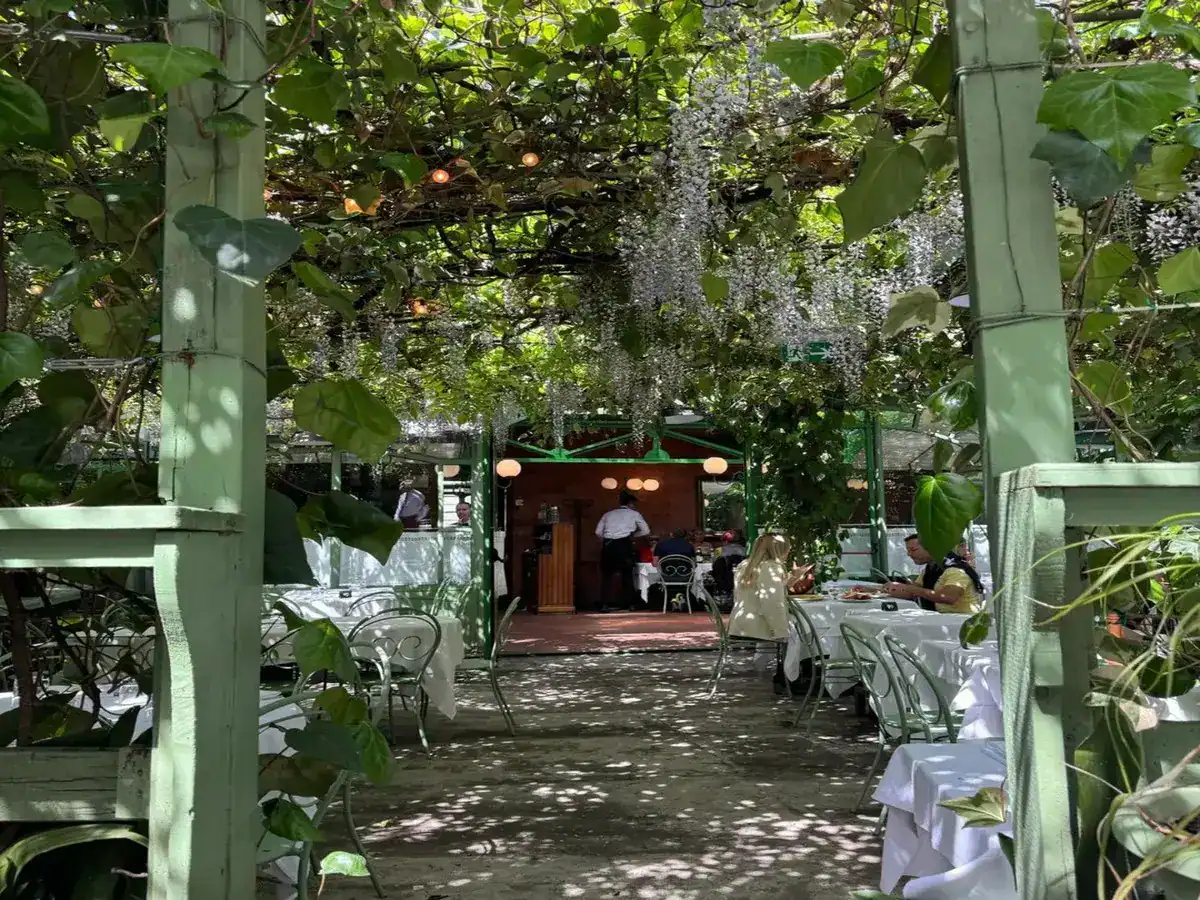 Outdoor dining in Milan: 10 unmissable spots with dehors selected by Gambero Rosso
Outdoor dining in Milan: 10 unmissable spots with dehors selected by Gambero Rosso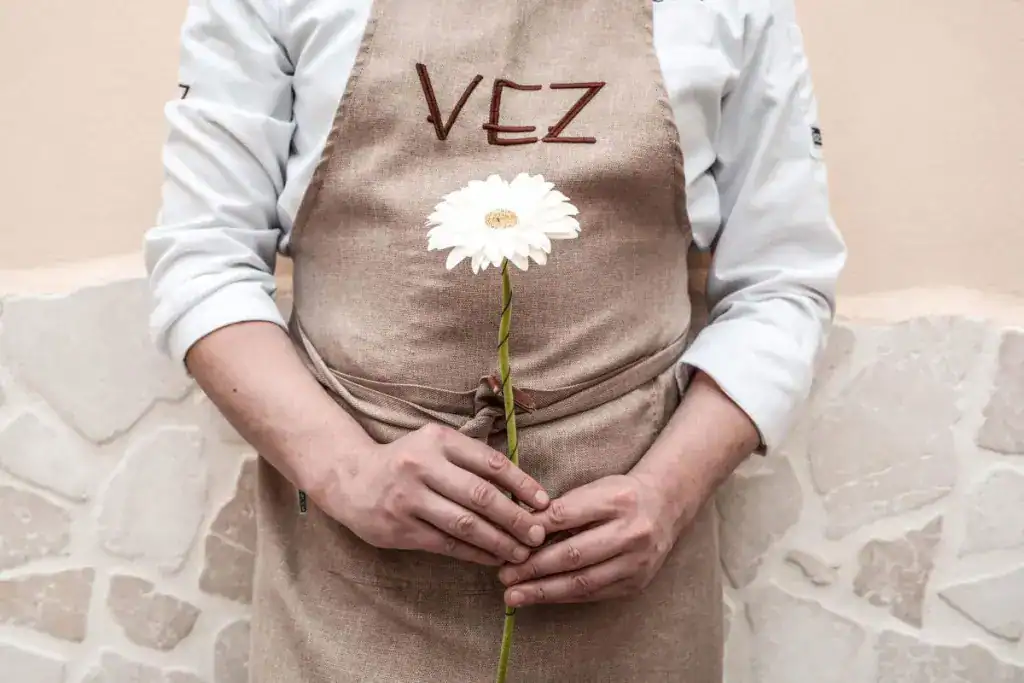 The young couple serving edible flowers in a small restaurant in the largest Albanian colony in Puglia
The young couple serving edible flowers in a small restaurant in the largest Albanian colony in Puglia